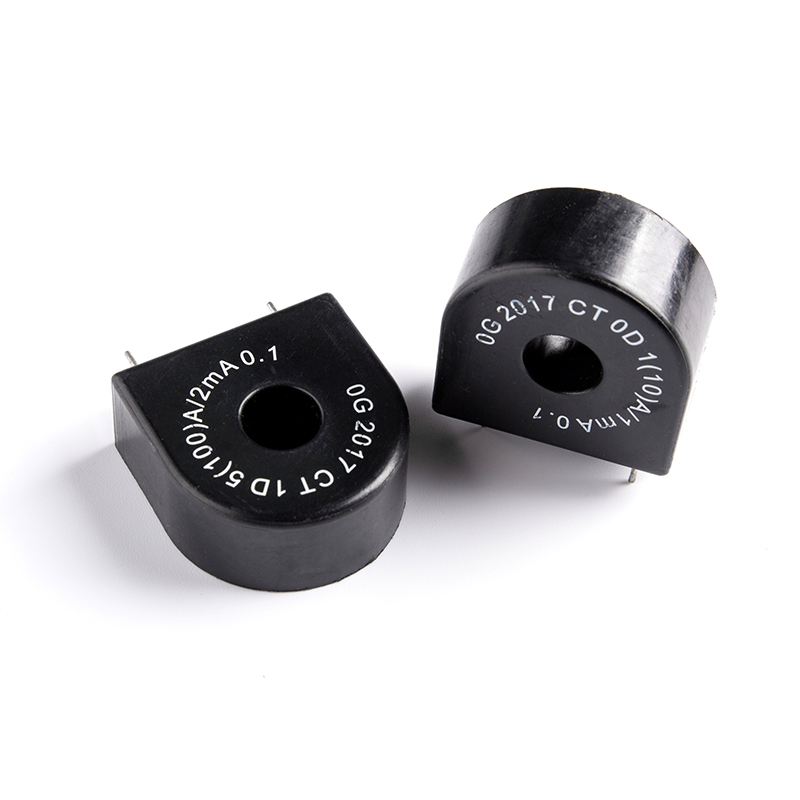Magnetic cores are fundamental components in both power transformers and electric vehicles (EVs). These technologies rely on the efficient transfer of energy, and magnetic cores significantly impact their overall performance, making the choice of core material and design critical. In this article, we’ll explore how magnetic cores are employed in these two critical applications and their growing importance in modern energy solutions.
Magnetic Cores in Power Transformers
Power transformers are critical for efficiently transmitting electricity over long distances. They are used to step up or step down voltage levels in electrical power systems, and magnetic cores are essential for concentrating the magnetic field to ensure energy is transferred with minimal loss.
Laminated Steel Cores in Transformers
Most transformers in the electrical grid use laminated steel cores. Laminated cores are designed to reduce eddy current losses, which occur when a conductor is exposed to a changing magnetic field. The thin layers of silicon steel are insulated from each other, effectively reducing these losses and improving the transformer's efficiency.
By minimizing energy loss, transformers with laminated steel cores contribute to lowering overall energy consumption. This is especially important in power systems where large amounts of electricity are generated, transmitted, and distributed. The ability to transmit electricity over long distances with minimal losses is crucial for modern energy infrastructures.

Amorphous Metal Cores
Amorphous metal cores are becoming increasingly popular in transformers due to their superior performance in reducing energy losses. Unlike traditional cores, the atomic structure of amorphous metals is non-crystalline, which reduces magnetic hysteresis and, consequently, energy losses during operation. These cores are particularly useful in energy-efficient transformers, which are in high demand as industries and governments strive to meet energy conservation targets.
Environmental Impact
The efficiency of magnetic cores in power transformers has a direct impact on environmental sustainability. By reducing energy losses, these cores help lower greenhouse gas emissions, as less energy is required to achieve the same output. This is particularly important as the global demand for electricity continues to rise, necessitating the need for more efficient and eco-friendly energy solutions.
Magnetic Cores in Electric Vehicles (EVs)
Electric vehicles (EVs) are at the forefront of the transition to sustainable energy in the transportation sector. The success of EV technology relies on several key components, one of which is the magnetic core. EV systems use magnetic cores in various components, such as electric motors, transformers, and inductors, all of which are critical for efficient energy conversion.
Motors in Electric Vehicles
Electric motors are the heart of EV propulsion systems, converting electrical energy into mechanical energy to drive the vehicle. These motors rely on magnetic cores, typically made from laminated steel, ferrite, or more advanced materials like nanocrystalline cores, to concentrate the magnetic field and enhance efficiency.
The design of the magnetic core in an EV motor can significantly impact the vehicle's performance, energy efficiency, and range. Nanocrystalline cores, in particular, offer superior magnetic properties that allow for high efficiency even in compact and lightweight designs, making them ideal for use in electric motors.
Power Electronics
Magnetic cores are also used in the power electronics that control the flow of electricity between the battery and the motor in EVs. Inductors and transformers in power converters help regulate voltage levels and current flow. Ferrite cores are often chosen for these applications due to their high performance at the frequencies used in EV systems.
Improving Efficiency
The efficiency of the magnetic cores used in EV components directly influences the overall energy consumption and range of the vehicle. By reducing energy losses in the motor and power electronics, high-quality magnetic cores enable EVs to travel further on a single charge, which is a key factor in the development and adoption of electric vehicles.
Lightweight and Compact Designs
One of the challenges in EV design is reducing weight while maintaining performance. Magnetic cores made from advanced materials, such as nanocrystalline and amorphous metals, are helping manufacturers create lighter, more compact components without sacrificing efficiency. These cores provide high energy density, which is crucial in a vehicle where space and weight are at a premium.

 English
English 中文简体
中文简体 Deutsch
Deutsch 日本語
日本語

 View More >>
View More >> View More >>
View More >> View More >>
View More >> View More >>
View More >> View More >>
View More >> View More >>
View More >> View More >>
View More >> View More >>
View More >>